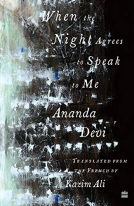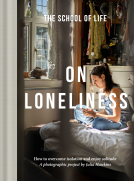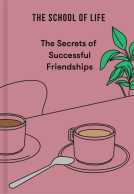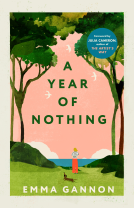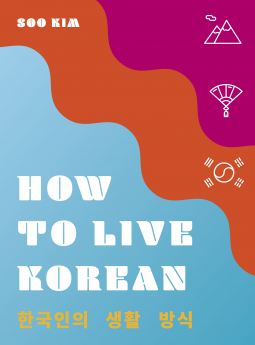
How to Live Korean
by Soo Kim
This title was previously available on NetGalley and is now archived.
Send NetGalley books directly to your Kindle or Kindle app
1
To read on a Kindle or Kindle app, please add kindle@netgalley.com as an approved email address to receive files in your Amazon account. Click here for step-by-step instructions.
2
Also find your Kindle email address within your Amazon account, and enter it here.
Pub Date 17 Nov 2020 | Archive Date 28 Dec 2020
Quarto Publishing Group – White Lion | White Lion Publishing
Talking about this book? Use #HowtoLiveKorean #NetGalley. More hashtag tips!
Description
How to Live Korean takes a deep-dive into Korean culture, unpacking what it means to be Korean in all its forms and uncovering the way the locals think, what they enjoy getting up to and who they do it with.
Whether it’s Korean movie Parasite sweeping the Oscars, the explosion of interest in K-pop, Blackpink becoming the world's biggest girl band, the dominance of the global smartphone market, foodies going crazy for bibimbap and kimchi or the incredible hype around K-beauty products – Korea is having a moment. But how much do you know about the real Korea; the locals' take on their amazing country?
That's where this illuminating culture guide comes in, shining a light on Korea’s compelling history and stunning geography, its unique customs and the quirks of daily life. The mainstays of Korea’s vibrant cultural life and style are covered in detail, giving you the lowdown on the country's burgeoning film industry, Korean's unique take on fandom, the quirky fashion scene and the innovative hubs for art and design.
If you ever have wanted to learn how to date like a Korean, know where the locals hang out in Seoul, honeymoon like Korean newlyweds, discover the correct way to eat Korean food or use the art of nunchi to improve your emotional intelligence, this insider’s guide to the heart and soul of Korea is not to be missed.
From the How To Live... series of insightful guides to some of the most intriguing cultures and locations on the planet, other books available include How To Live Japanese, How To Live Icelandic and How to Live North.
Available Editions
| EDITION | Other Format |
| ISBN | 9780711257092 |
| PRICE | US$30.00 (USD) |
| PAGES | 224 |
Average rating from 13 members
Readers who liked this book also liked:
The School of Life
Health, Mind & Body, Parenting & Families, Self-Help
Andrew Turvil
Biographies & Memoirs, Cooking, Food & Wine, Nonfiction (Adult)
Millicent Binks
Historical Fiction, Mystery & Thrillers



